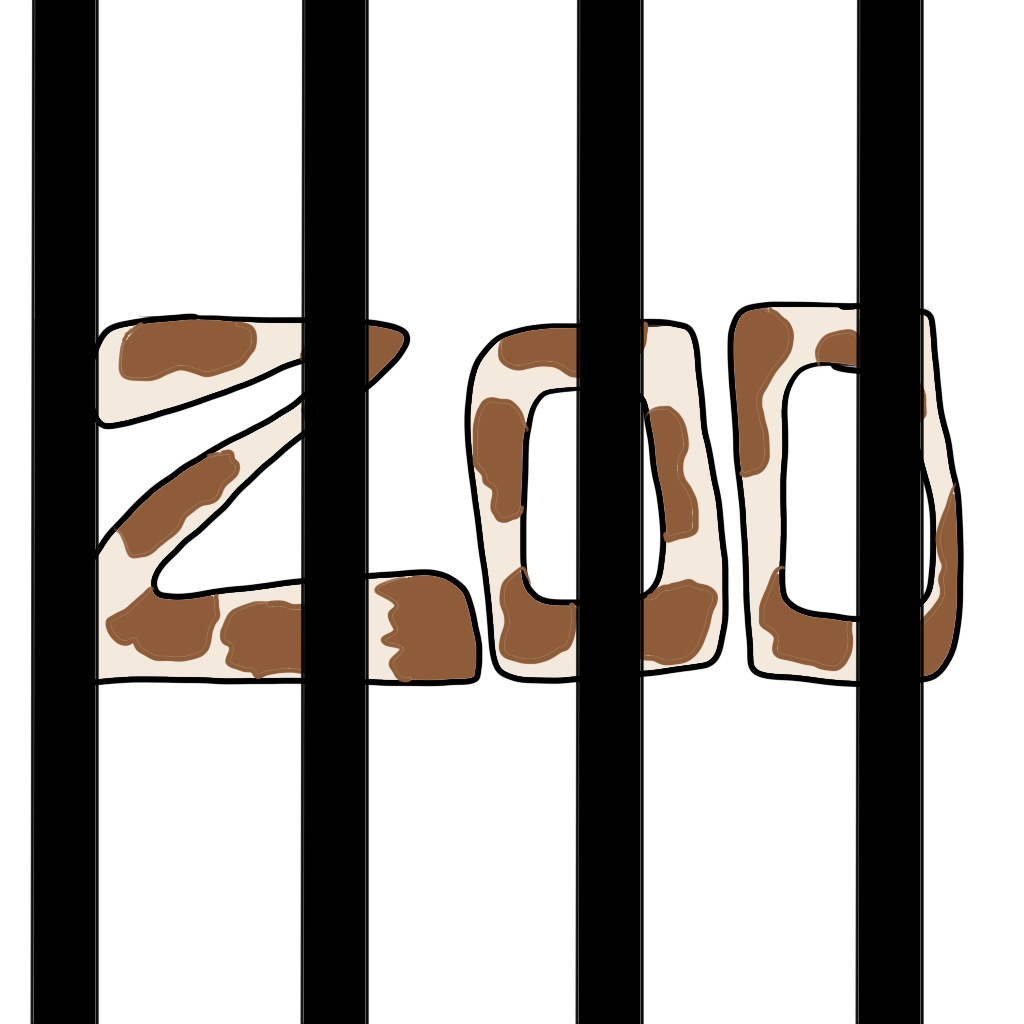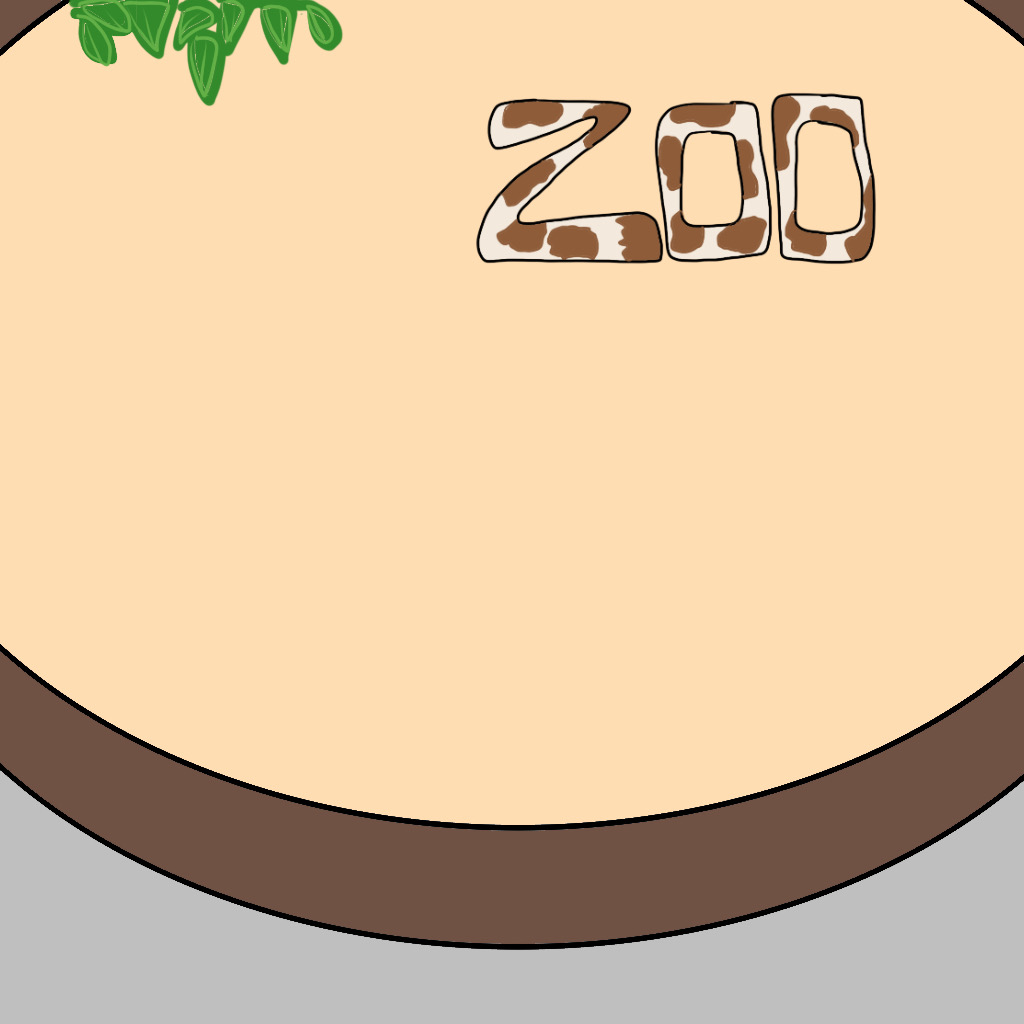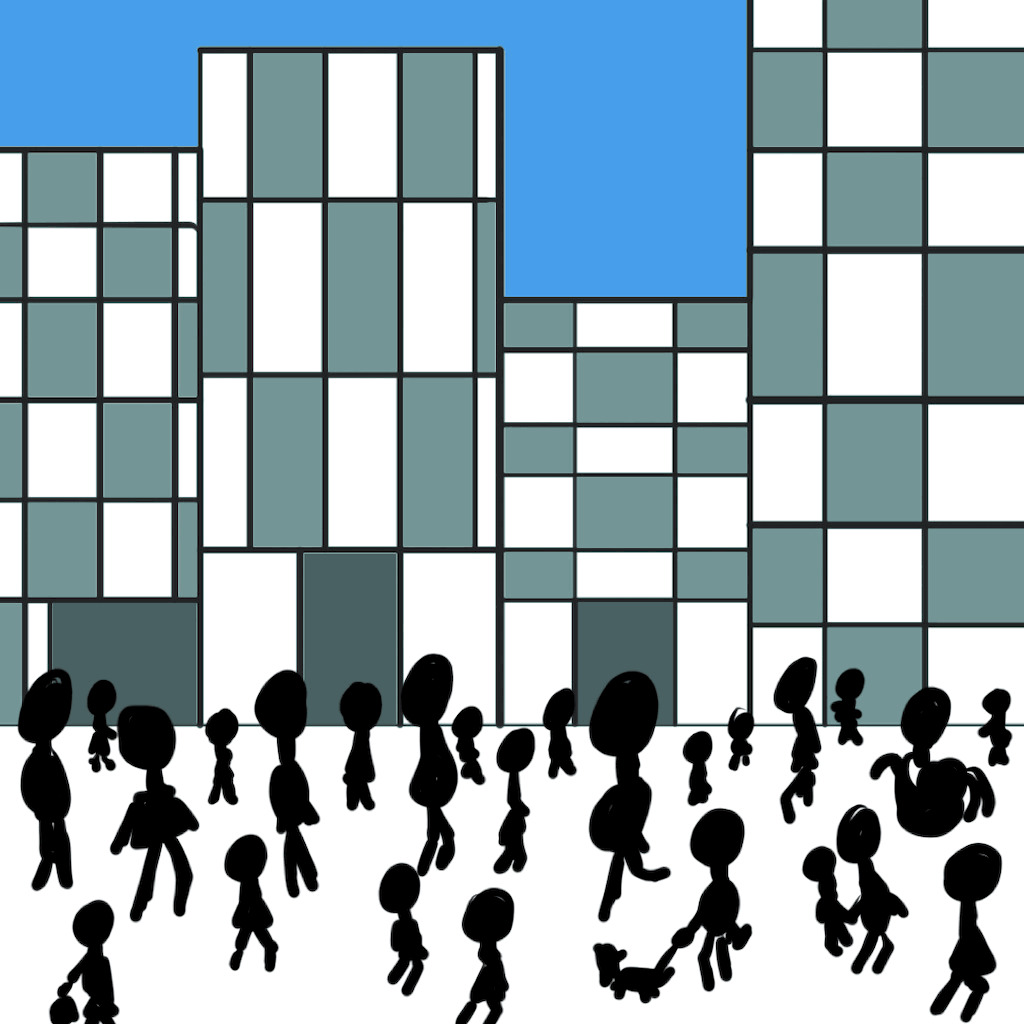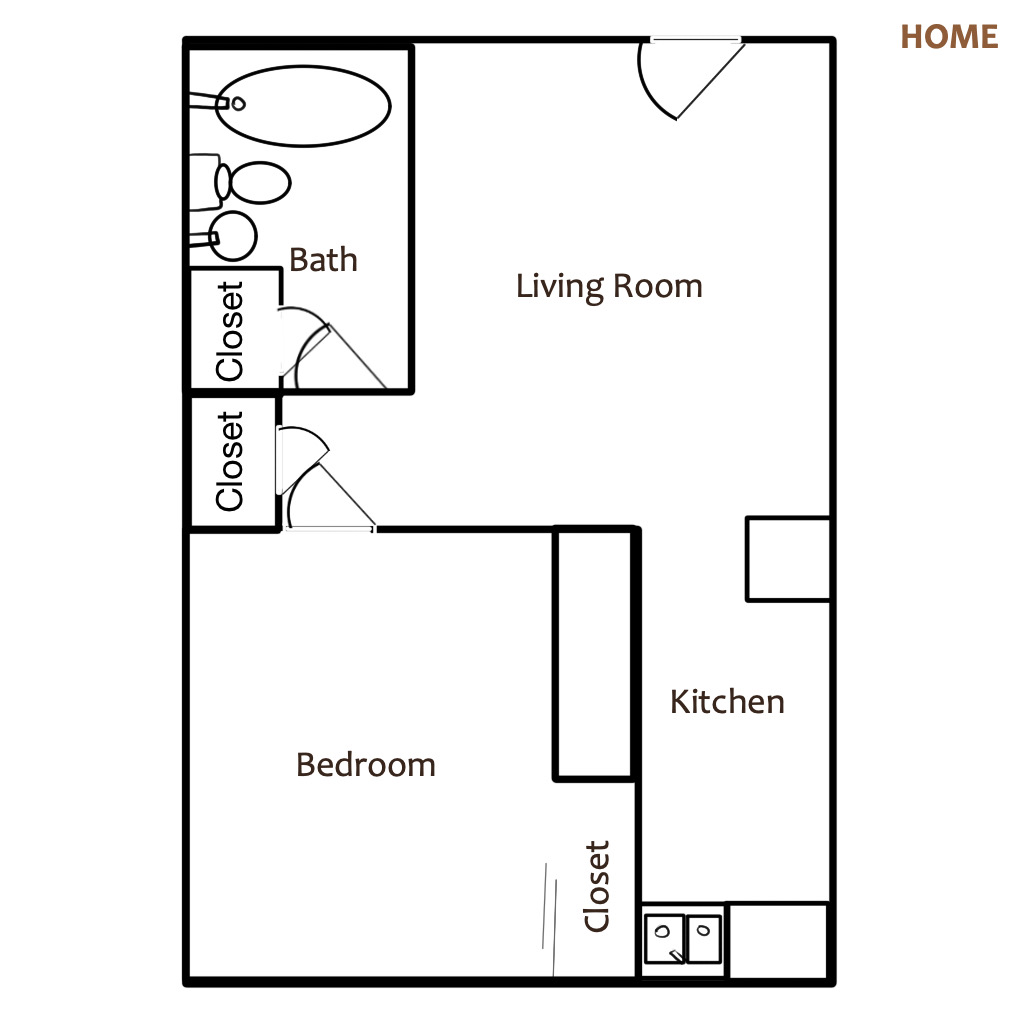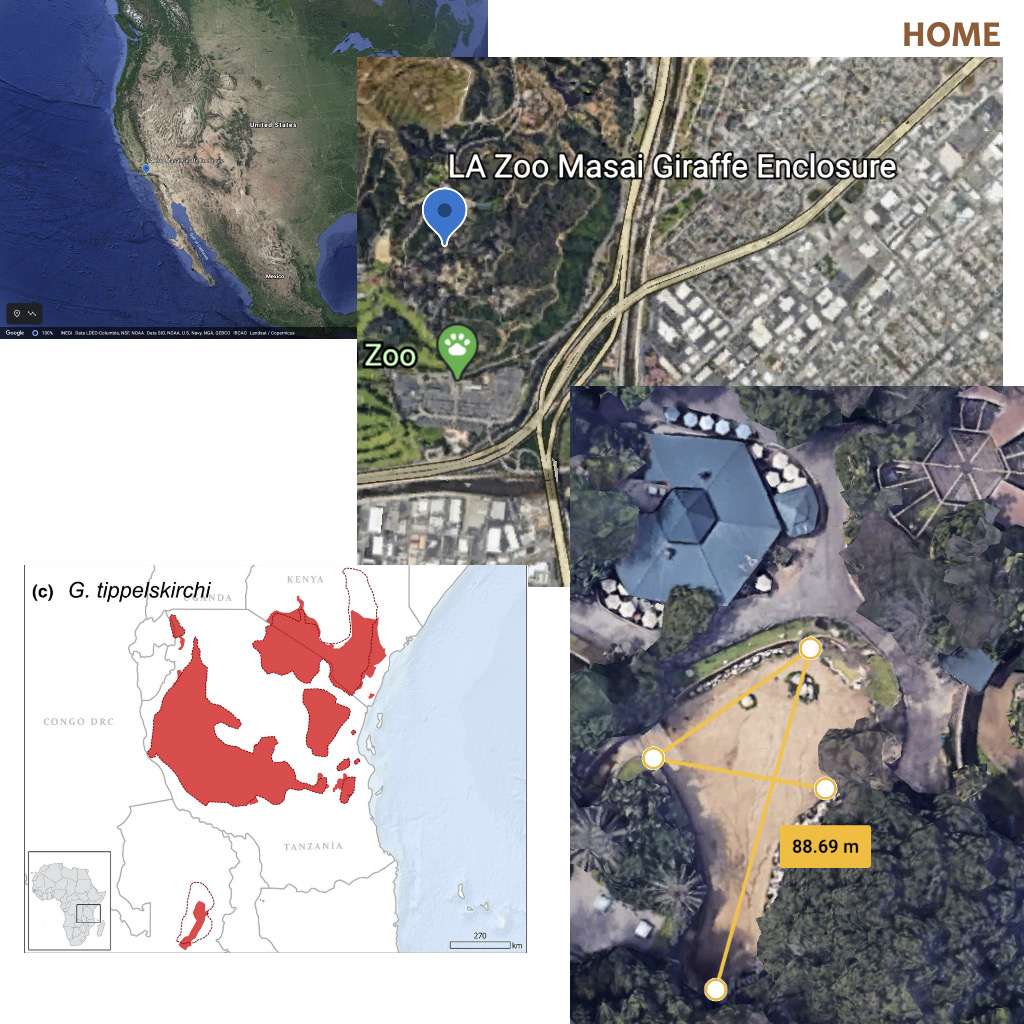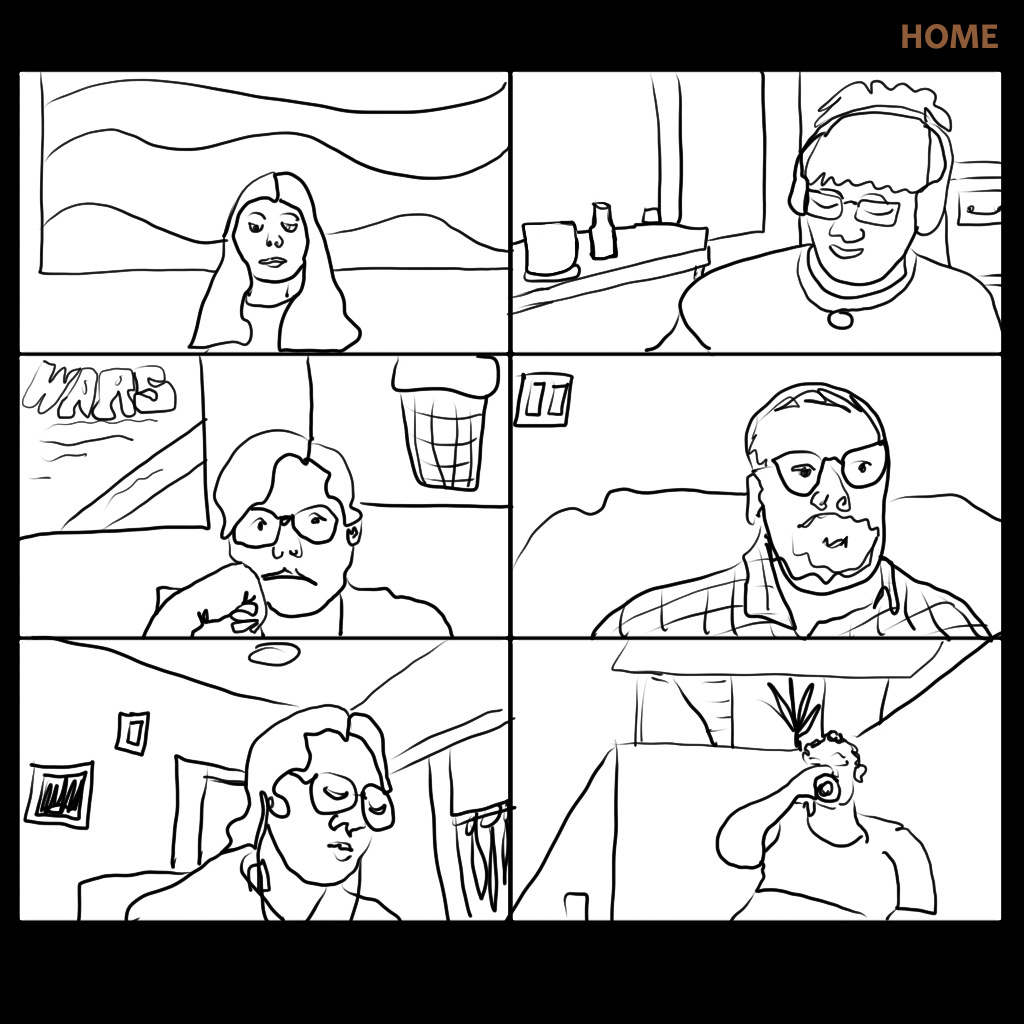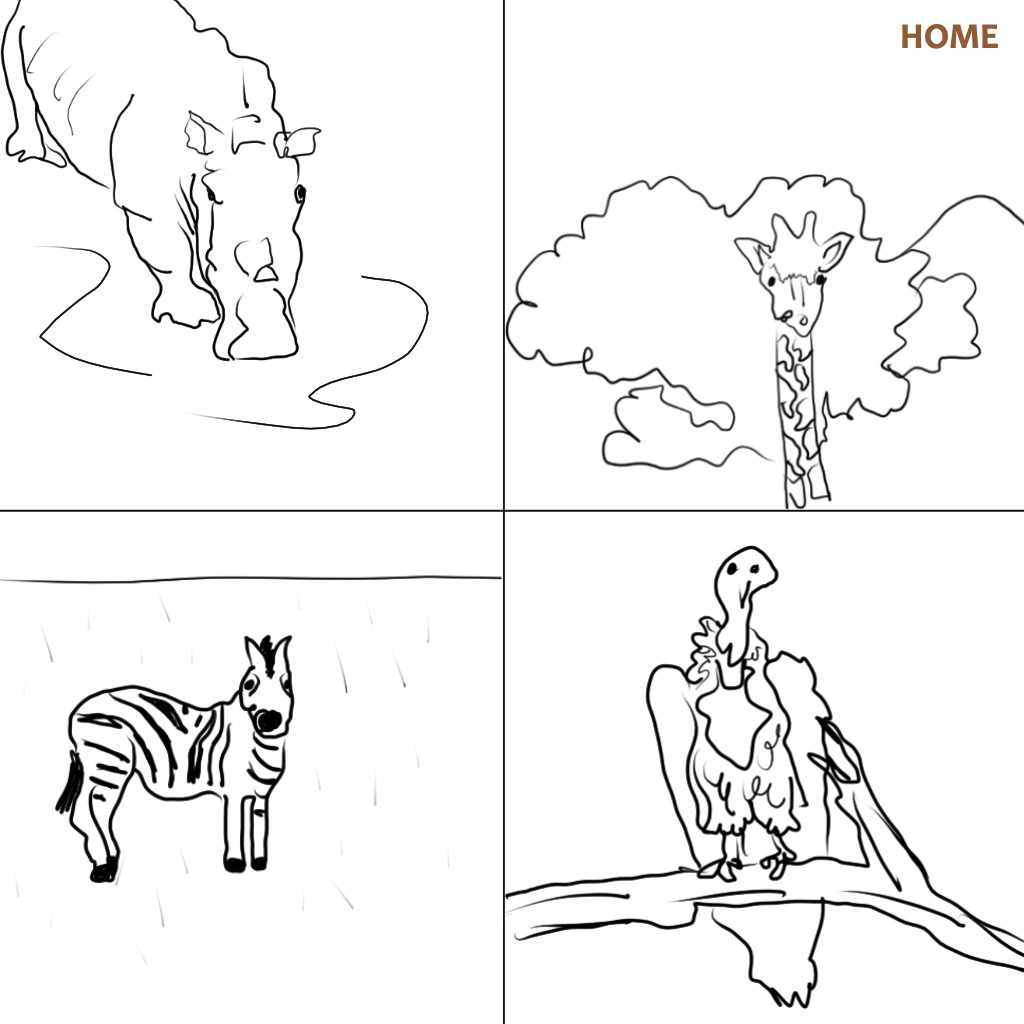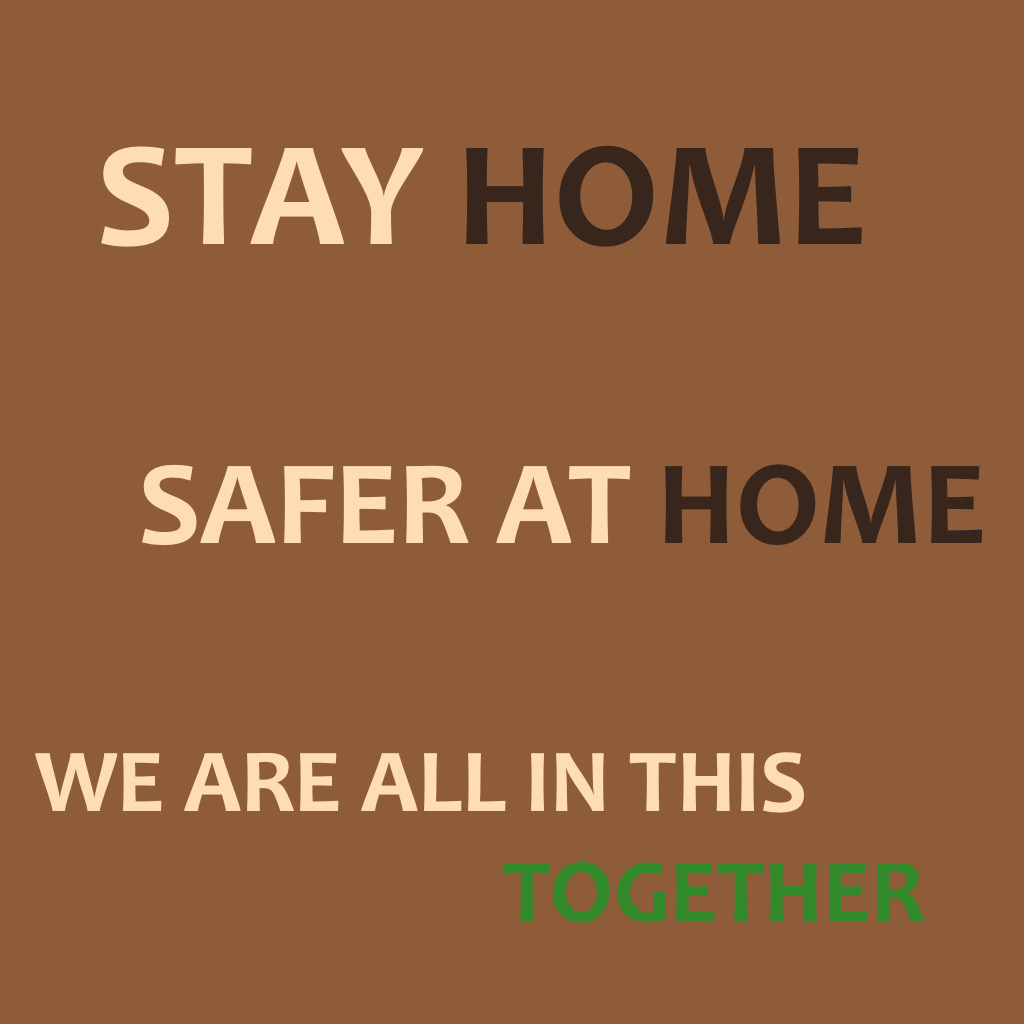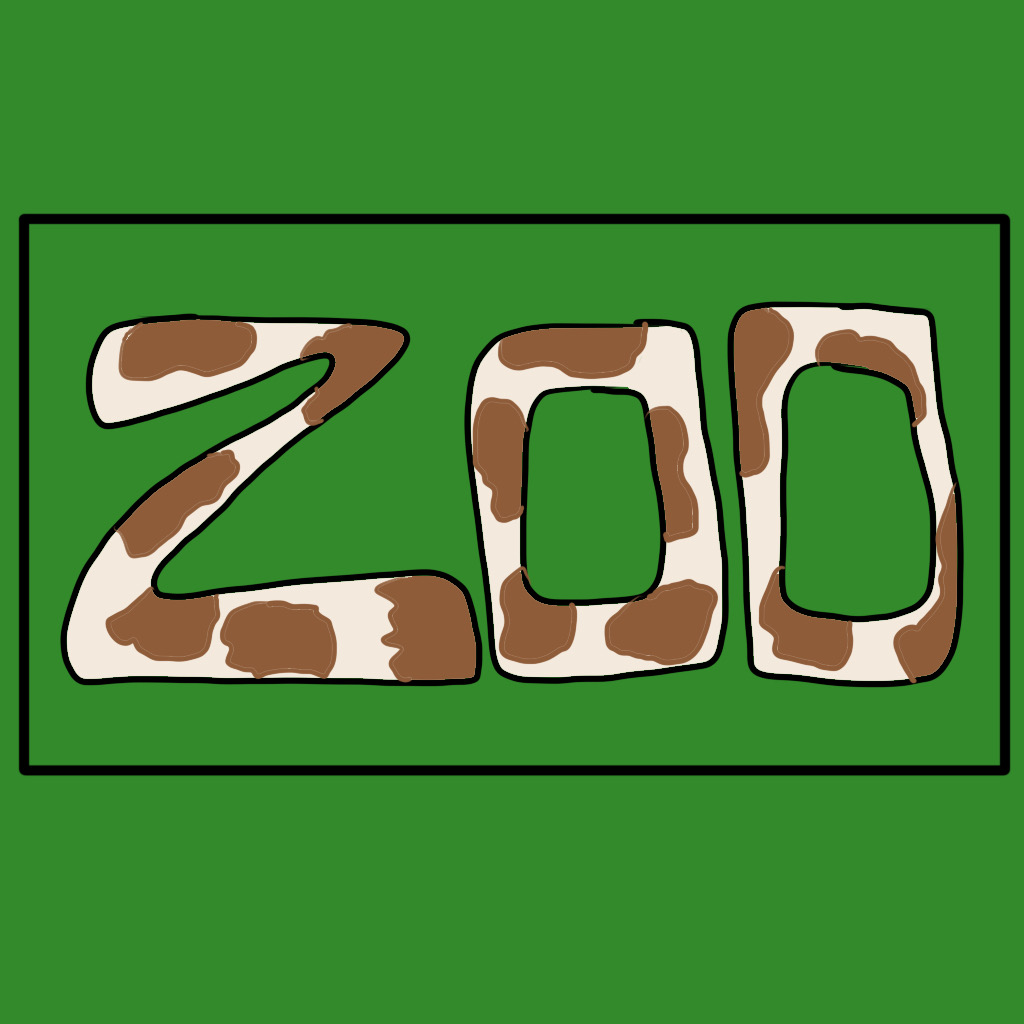“Zoospace,” my contribution to the A+D Museum exhibition THE FUTURE OF _SPACE, was exhibitied in their digital gallery in 2020. The following year I contributed to a one year Reflection exhibition on the same topic.
Building on my research into the history of zoos, I considered what the design of future of zoos might look like in our post-pandemic world. Thrilled to be part of this exhibition at this excellent art and design museum!
“Zoospace”, February 2020
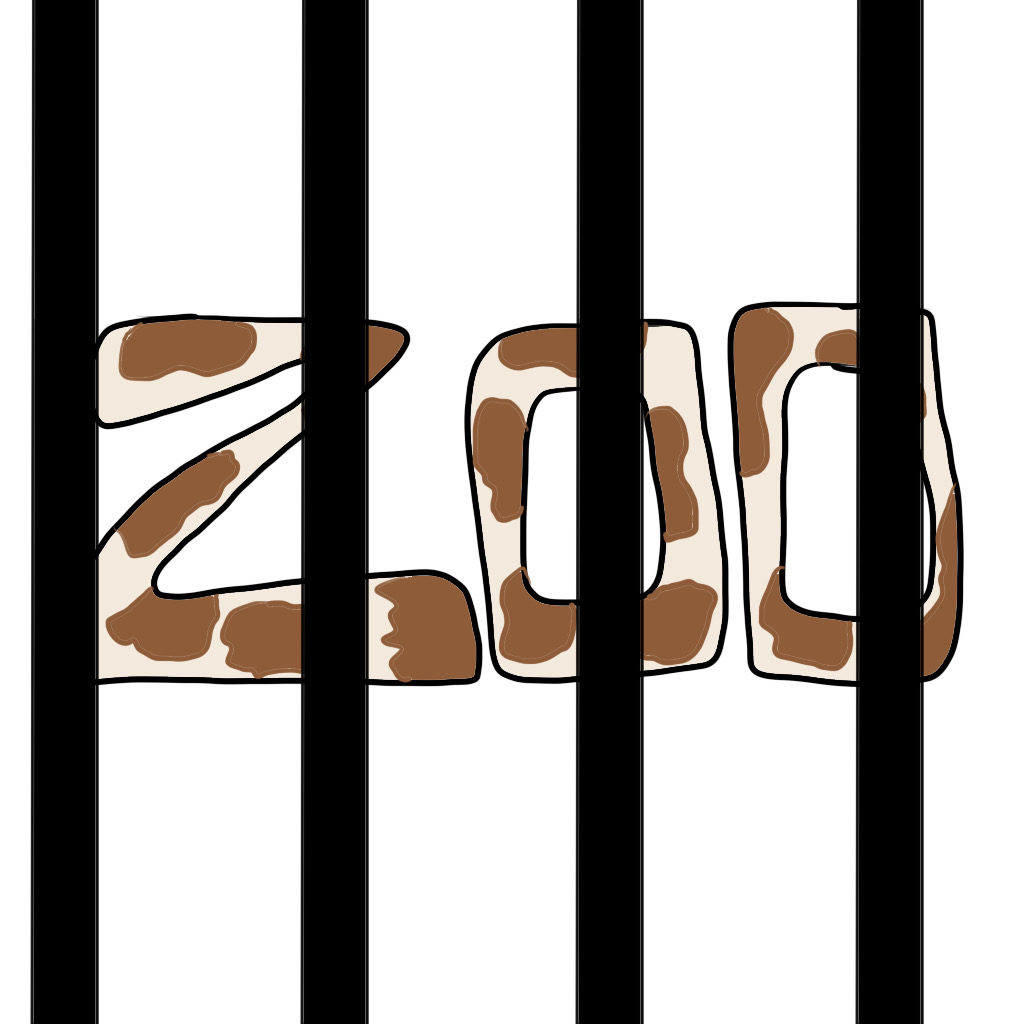
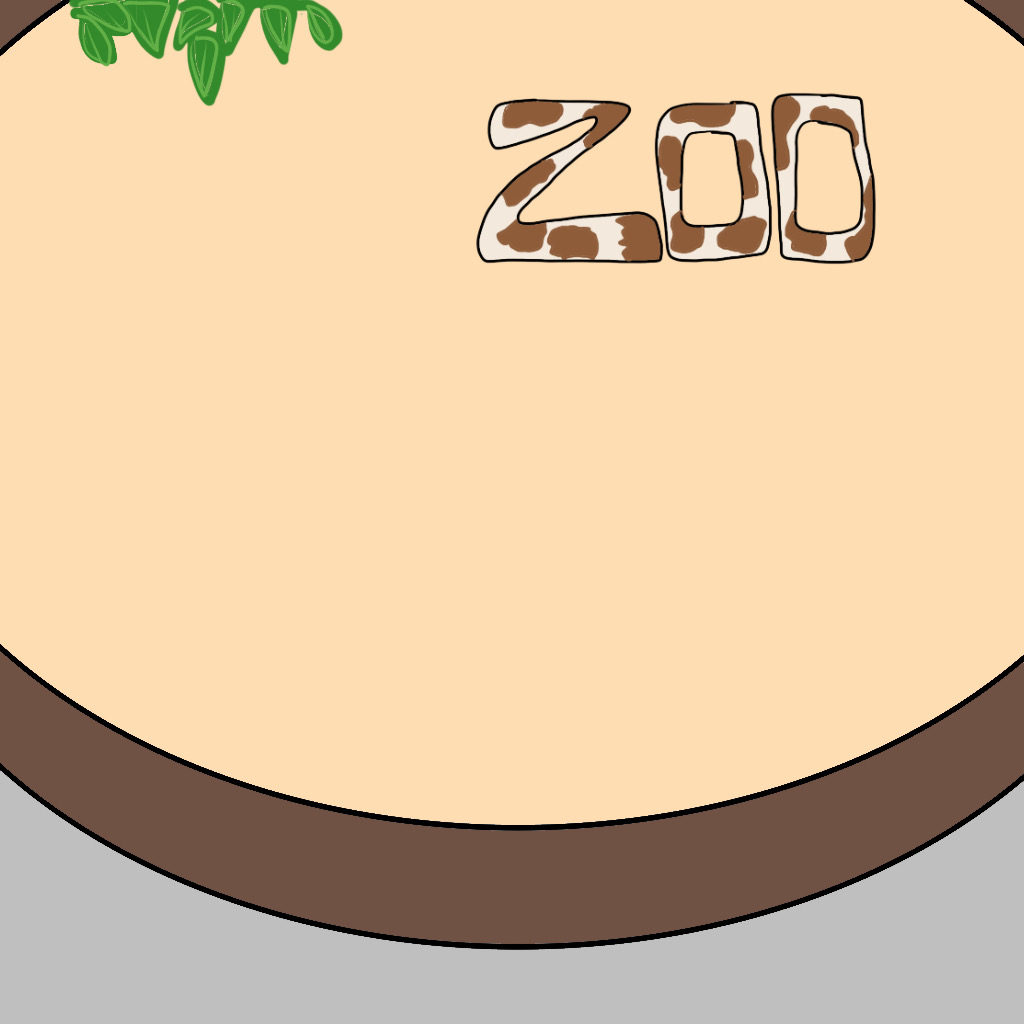
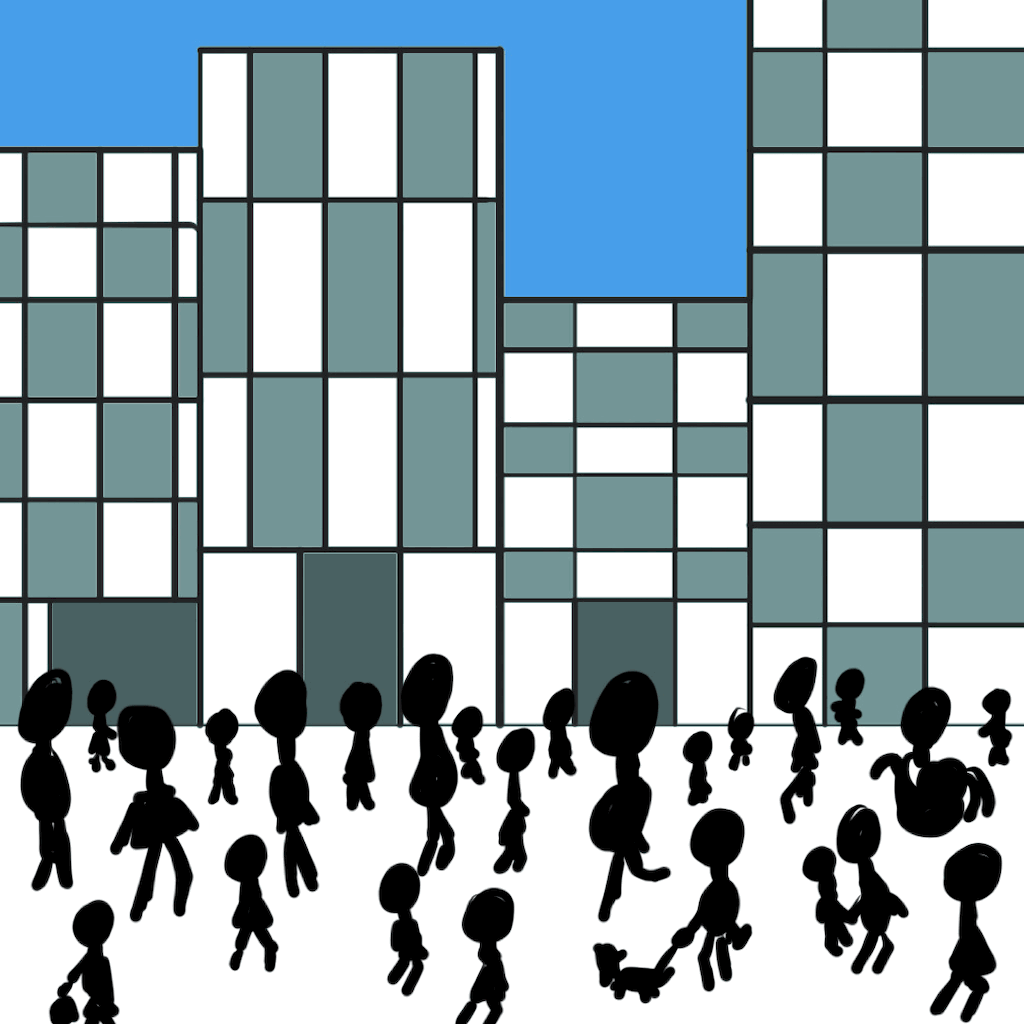
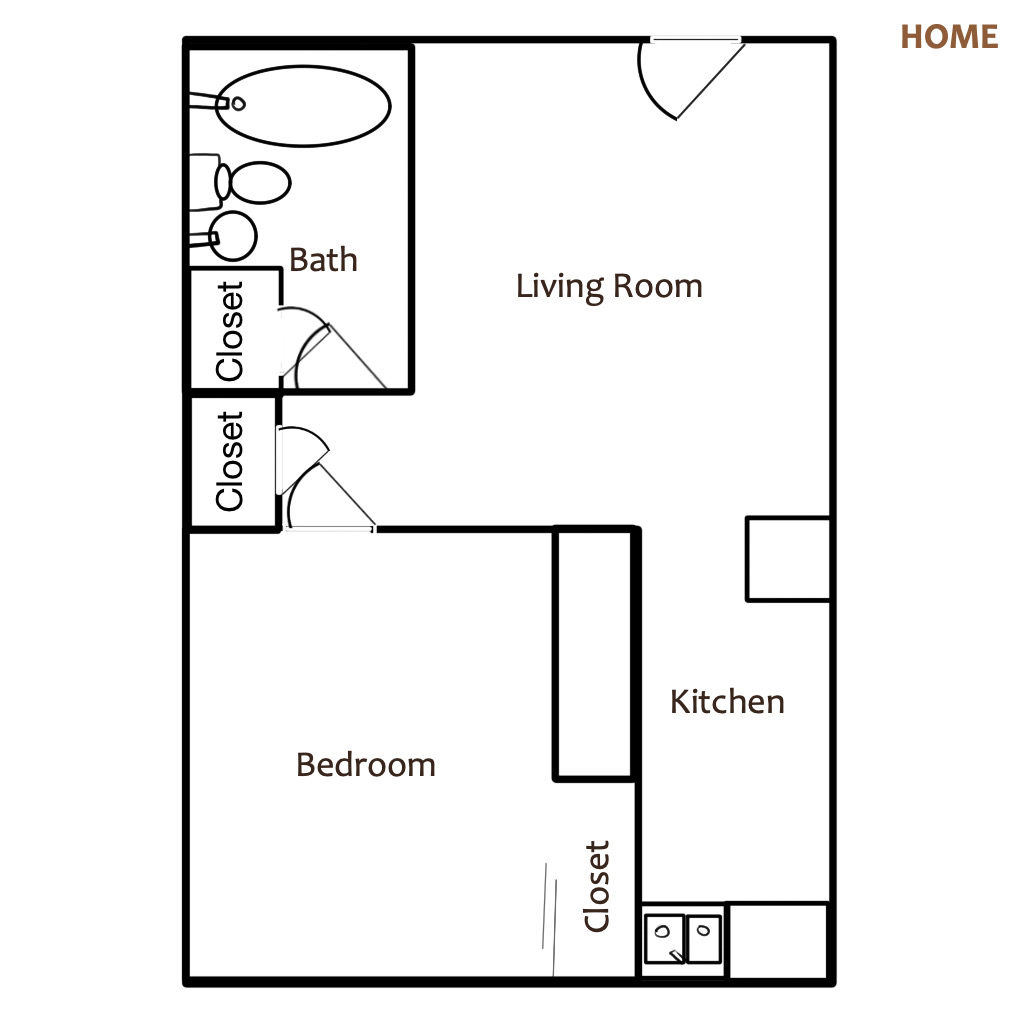
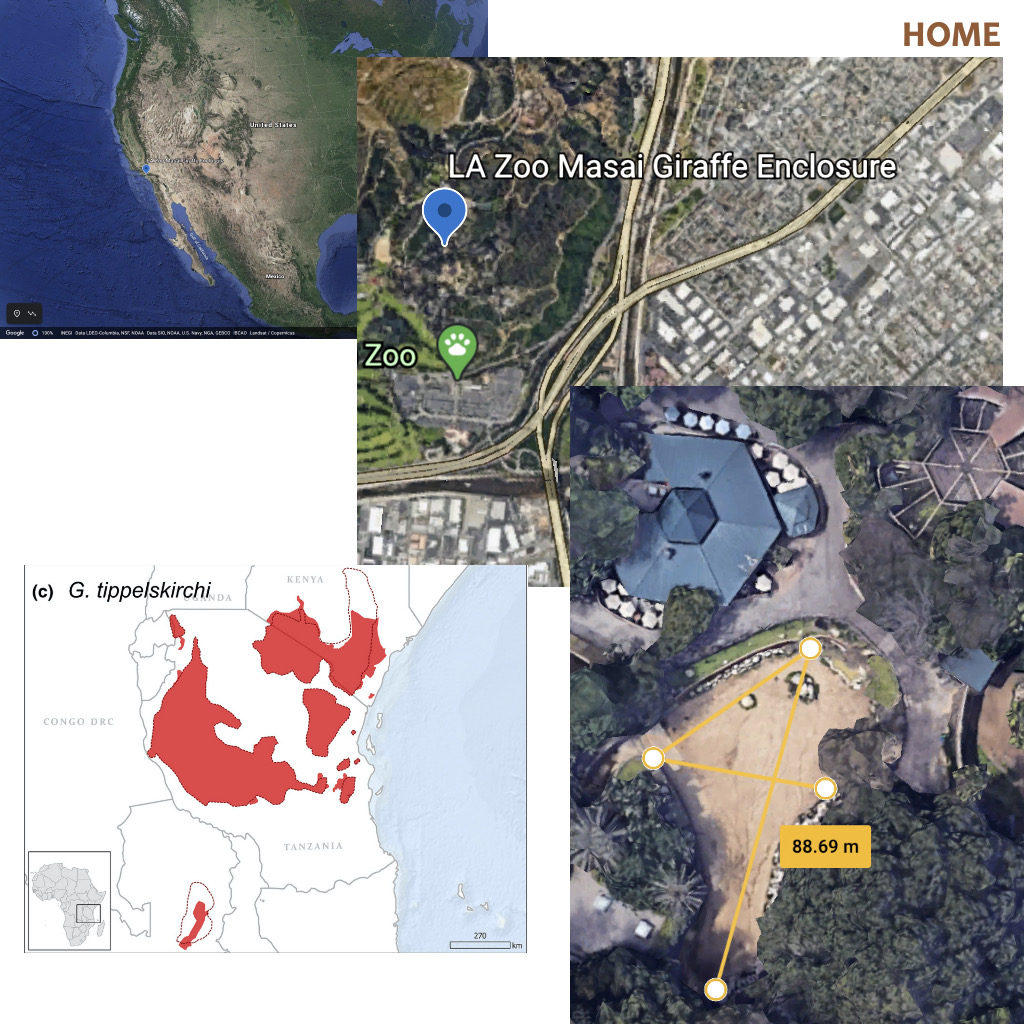
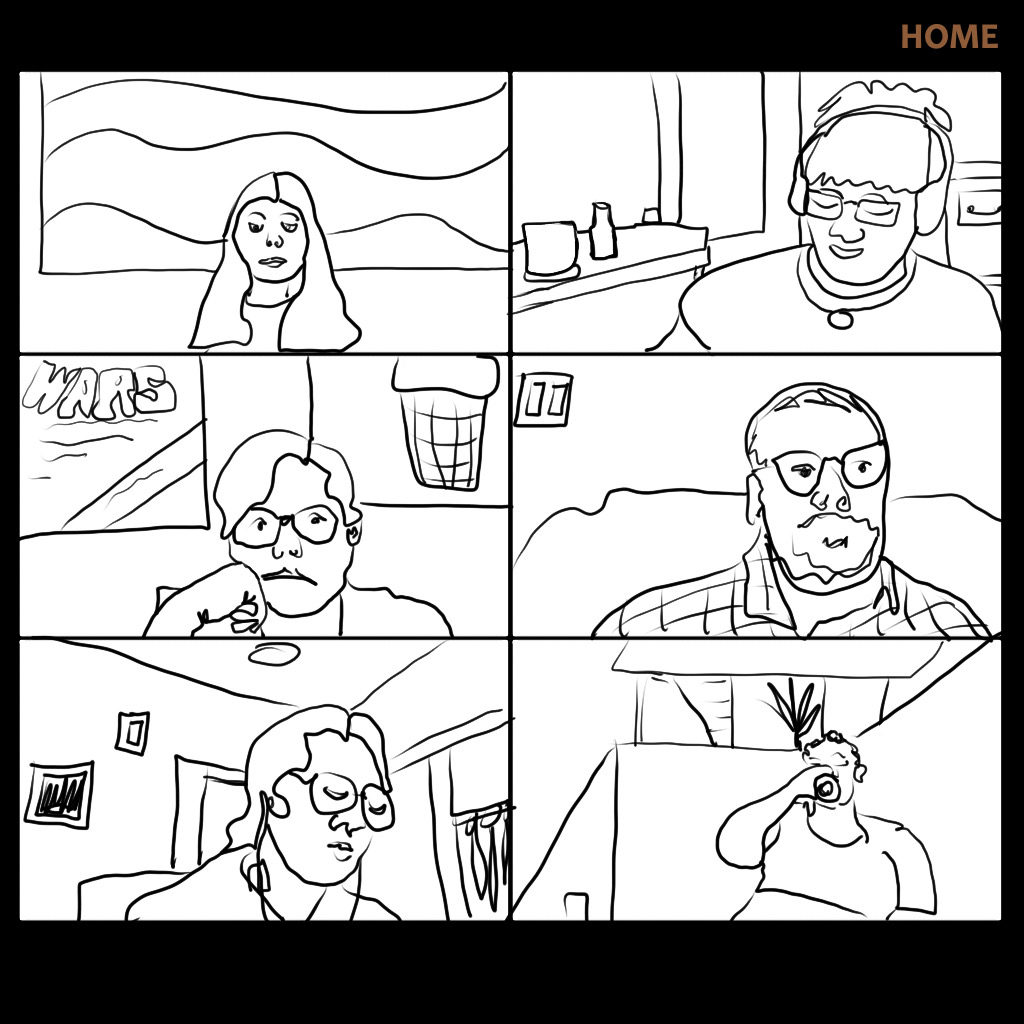
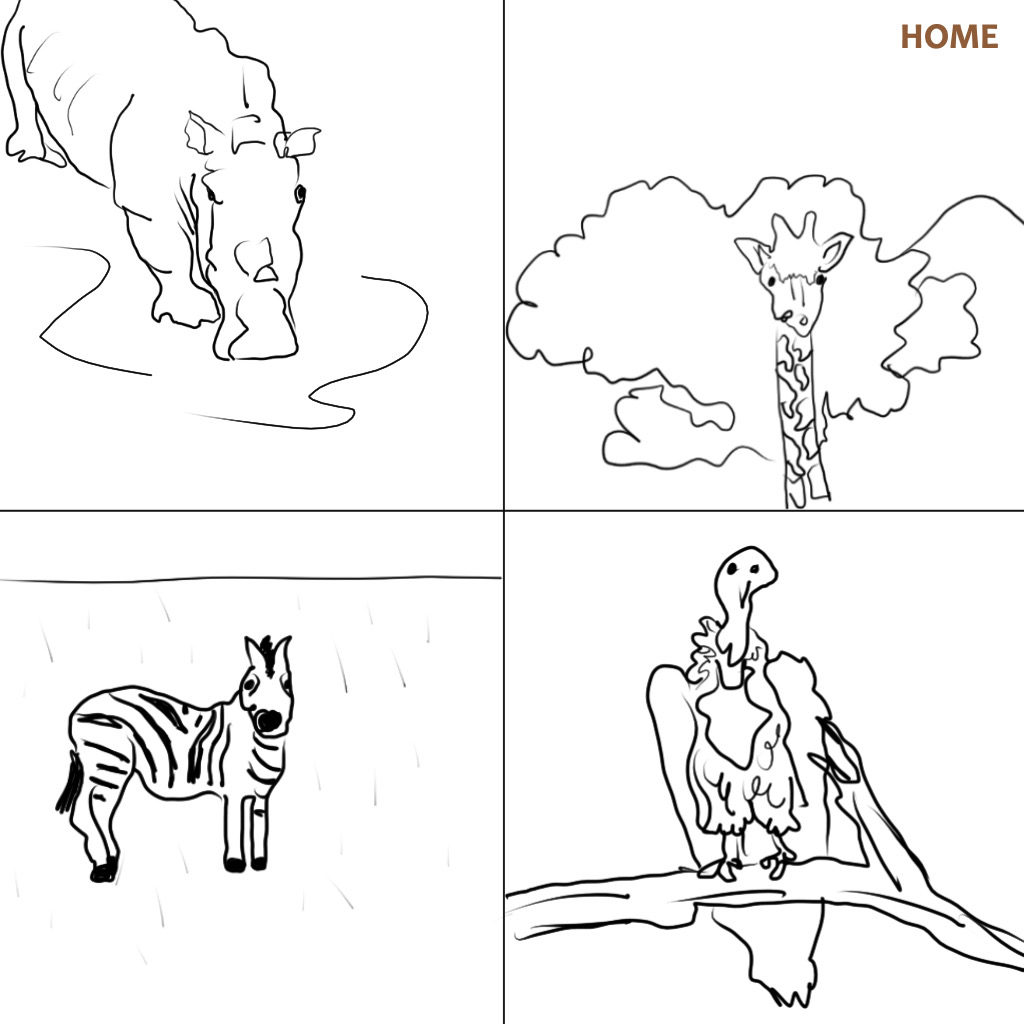
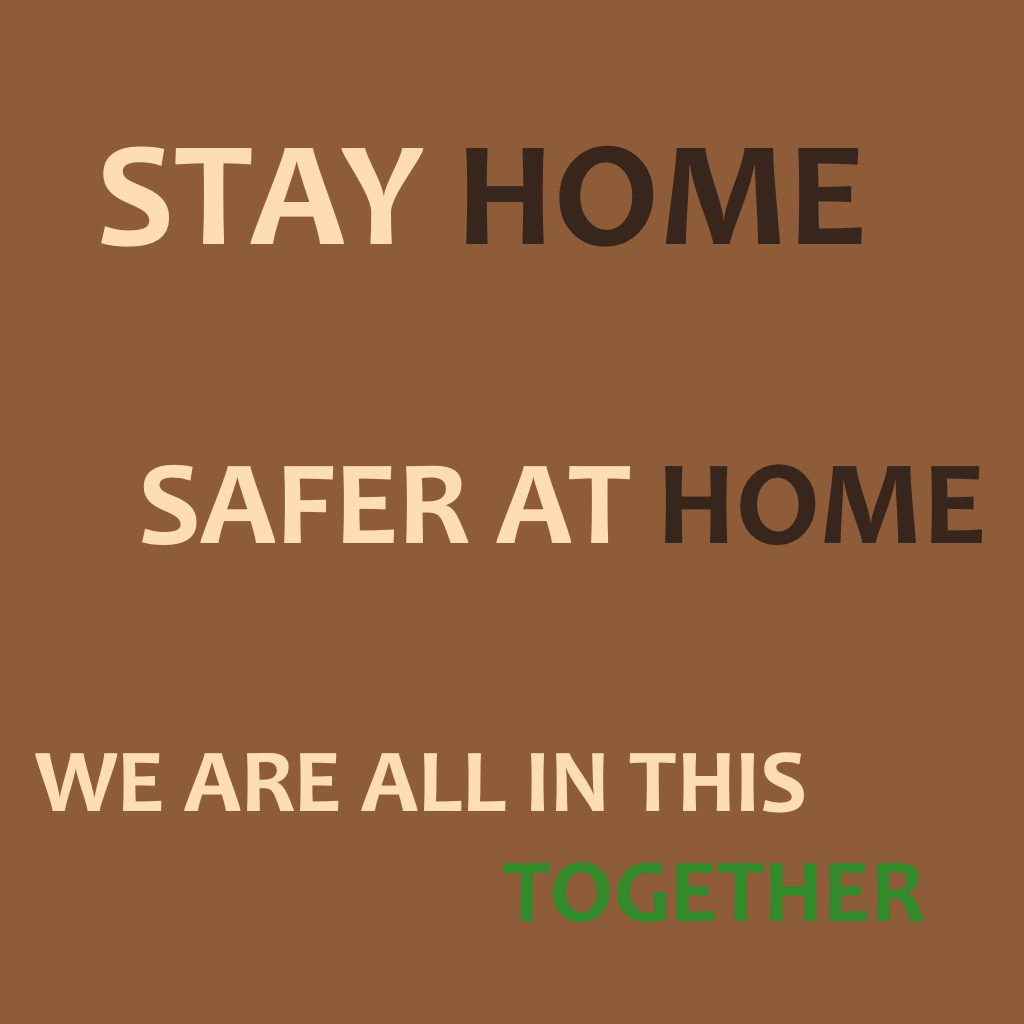
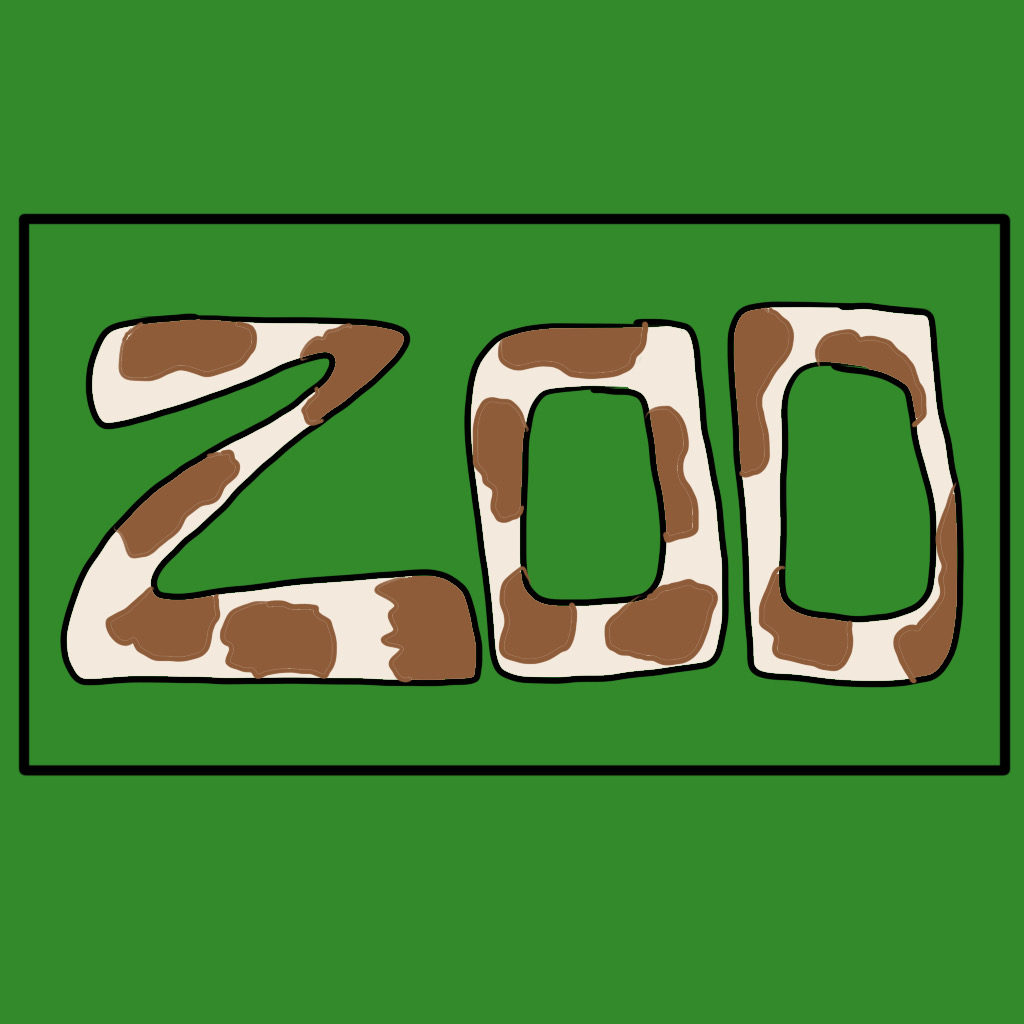
1 — The Past Zoo. The first American zoo was opened in Philadelphia in 1874. Animals were mostly kept in small, barred cages.
2 — The Evolution of Zoos. Beginning in the 1970s, many American zoos shifted toward naturalistic enclosures, seeking to mimic the natural environment of each species.
3 — COVID-19 Pandemic. Human confinement.
4 — Stay Home. Quarantine and the boundaries of home.
5 — Stay Home (Masai Giraffe). The boundaries of captive Masai Giraffes at the Los Angeles Zoo vs wild Masai Giraffes in Tanzania and Kenya. [LA Zoo images courtesy of Google Earth, retrieved April 30, 2020. Giraffa tippelskirchi range map courtesy of the authors of this August 6, 2019 article in Mammal Review:
O’connor, D., Stacy‐Dawes, J., Muneza, A., Fennessy, J., Gobush, K., Chase, M.J., Brown, M.B., Bracis, C., Elkan, P., Zaberirou, A.R.M., Rabeil, T., Rubenstein, D., Becker, M.S., Phillips, S., Stabach, J.A., Leimgruber, P., Glikman, J.A., Ruppert, K., Masiaine, S. and Mueller, T. (2019), Updated geographic range maps for giraffe, Giraffa spp., throughout sub‐Saharan Africa, and implications of changing distributions for conservation. Mam Rev, 49: 285-299. doi:10.1111/mam.12165]
6 — Work from Home (Video Chat)
7 — Work from Home (Drones) — [See, for example, the YouTube wild animal drone footage of Will Burrard-Lucas (IG @willbl) or Rhino Africa Safaris.]
8 — Safer At Home — Forced to rethink home and connection. Home as house, community, country, planet, internet, satellite, space. Interaction up close from at a distance.
9 — The Future Zoo, Post-COVID-19. Imagining new spaces and new technologies around animal confinement, animal study, and human/animal interaction.
“Zoospace: Reflection”, February 2021
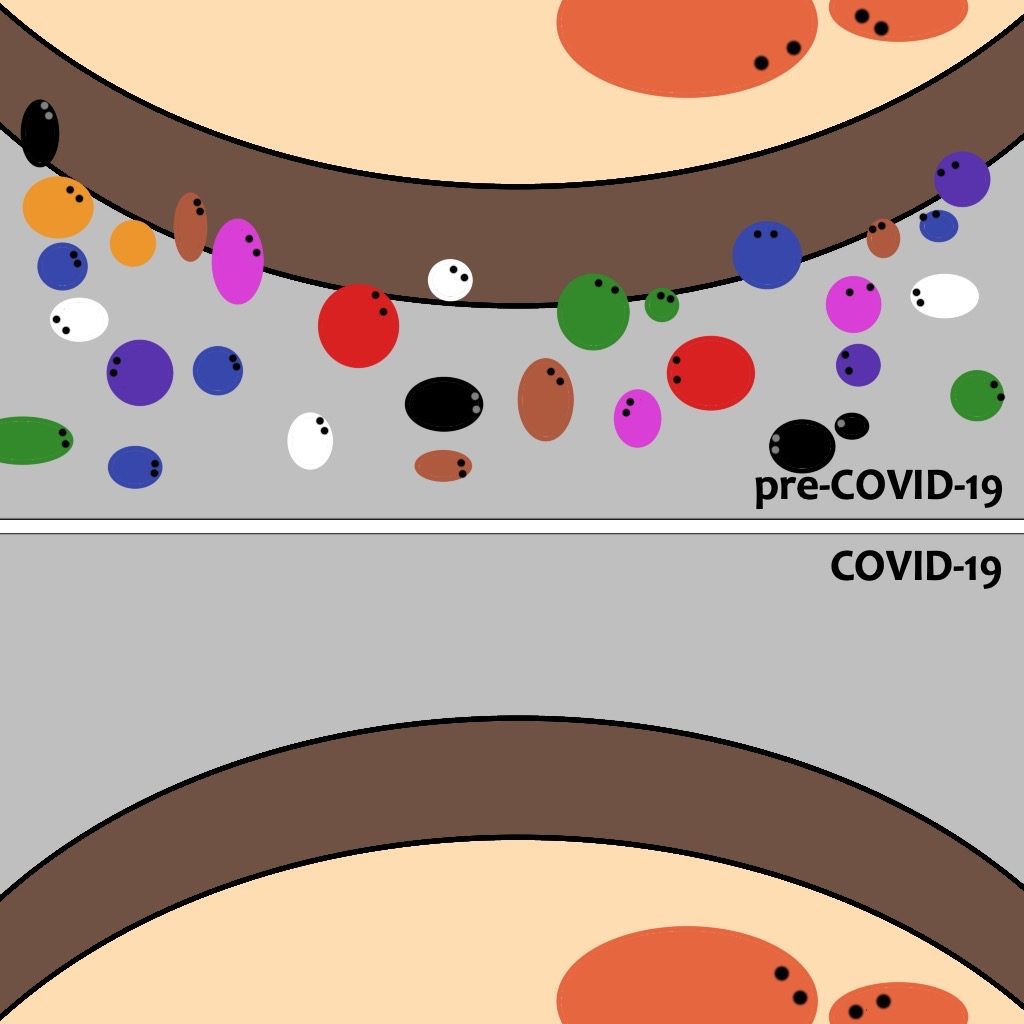
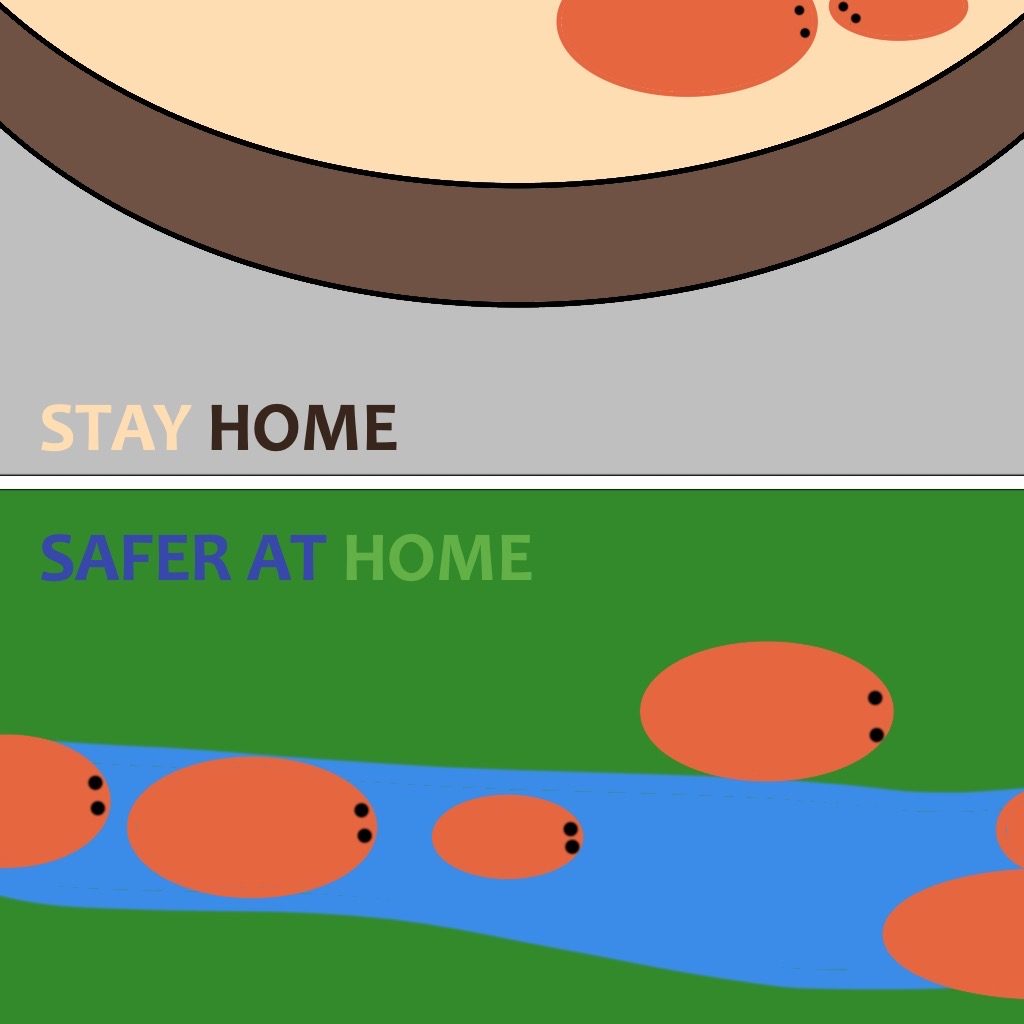
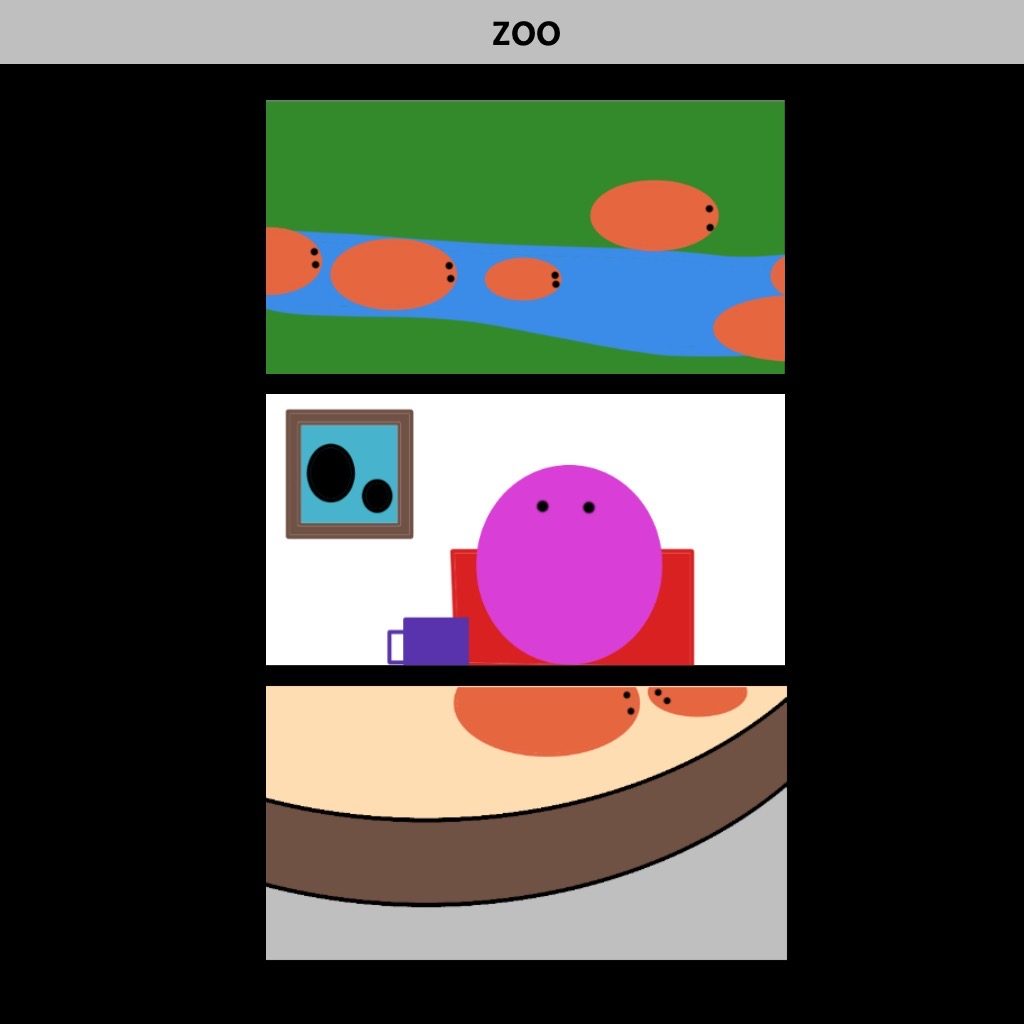
1a — People(less). What are zoos without people? COVID-19 forced many American zoos to close or to reduce visitor capacity and enforce social distancing. These circumstances caused a conceptual collision — humans escaping quarantine looking at animals who are permanently quarantined.
2a — Safe/Home(s). Zoo animals represent two types of “home”: (1) their zoo enclosures, and (2) the range of their species as utilized by non-captive individuals and communities. Since the 1980s, zoos have emphasized their role in conserving species by displaying and studying captive animals. The biggest threat to wild animals is habitat destruction — loss of home. The pandemic slogans Stay Home and Safer At Home highlight the complexities of the ideas of SAFE and HOME when it comes to zoo inhabitants, people, and the planet we share.
3a — Zoo(m). COVID-19 forced people to interact digitally — to temporarily inhabit boxes in digital zoos — and to reconfigure their notions of space, place, and connection.
